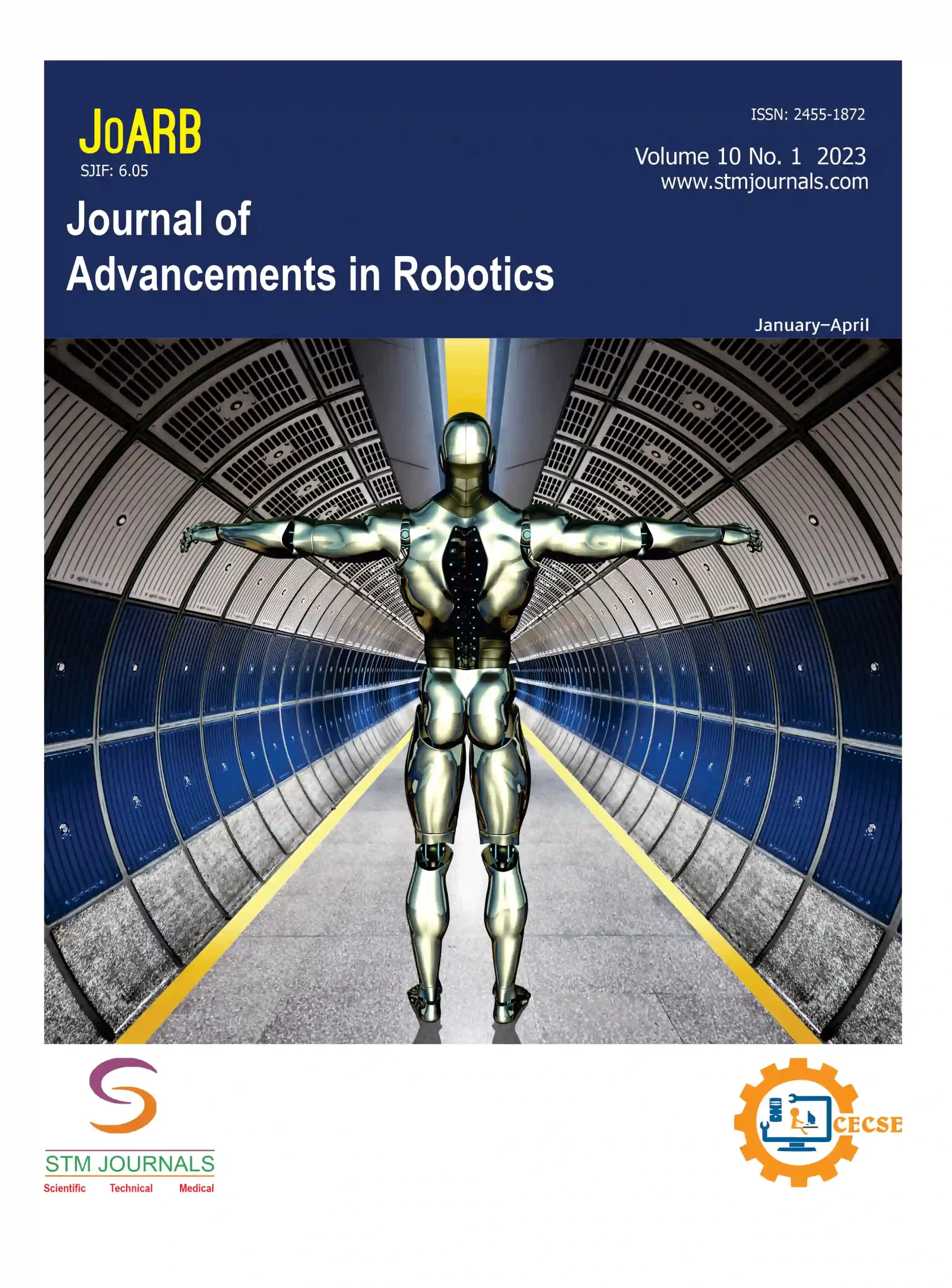Open Access

Pankaj Kumar Goyal,

Swati Srivastava,
- B. Tech Scholar Department of Computer Science and Engineering, Poornima Institute of Engineering and Technology Jaipur, Rajasthan India
- Assistant Professor Department of Computer Science and Engineering, Poornima Institute of Engineering and Technology Jaipur, Rajasthan India
Abstract
Spam is also known as unsolicited commercial email (UCE) has become a major worry for the internet’s and worldwide commerce’s long-term viability. Fake emails and other forgeries, such as phishing, are examples of spam emails. Which aim to collect confidential personal information about users on the network or to act illegally against authority. Spam produces a variety of issues, which can result in financial losses. Spam creates bottlenecks and traffic congestion, limiting memory space, processing power, and speed. Therefore, spam can be classified as one of the most common problems faced by an internet user. Many techniques have been developed to overcome spam. Several spam detection techniques are discussed in this document; so, a solution has been proposed to avoid this problem. This document aims to analyze existing research work on spam detection strategies and approaches, the state of the art, the phenomenon of spam detection, explore the basics of spam detection, the proposed detection scheme and possible mitigation schemes.
Keywords: Spam filter, spam detection, email classification, spam mitigation, web mining big data, Bayesian classification
References
1. Isobel Heyman, Holan Liang, et al. COVID-19 related increase in childhood tics and tic-like attacks. Arch Dis Child, 2021;106(5):420-421
2. Bruno Gomes, Caio Souza Lima, et al. High Number of Species of Social Wasps (Hymenoptera, Vespidae, Polistinae) Corroborates the Great Biodiversity of Western Amazon: a Survey from Rondônia, Brazil. Sociobiology 2020;67(1):112-120
3. P. Oscar Boykin and Vwani Roychowdhury. Leveraging social networks to fight spam. Computer. 2005;38(4):61-68 4. Dennis Fetterly, et al. Detecting Spam Web Pages through Content Analysis. International World Wide Web Conference Committee (IW3C2). Distribution of these papers is limited to classroom use, and personal use by others. 2006
5. Gilad Mishne. Experiments with mood classification in Blog posts. 2005
6. T. R. Lynam, C. L. A. Clarke, G. V. Cormack. Information Extraction with Term Frequencies. Proceedings of the First International Conference on Human Language Technology Research. 2001
7. Yi Zhou, Huanhuan Li, et al. A Fuzzy-Rule Based Data Delivery Scheme in VANETs with Intelligent Speed Prediction and Relay Selection. Emerging Technologies for Vehicular Communication Networks. Wireless Communications and Mobile Computing. 2018;7637059
8. Segal Zindel V, Teasdale John D, et al. The mindfulness-based cognitive therapy adherence scale: inter-rater reliability, adherence to protocol and treatment distinctiveness. Clin Psychol Psychother. 2002; 9(2): 131–138.

Journal of Advancements in Robotics
| Volume | |
| Received | August 22, 2021 |
| Accepted | February 28, 2022 |
| Published | January 30, 2023 |

